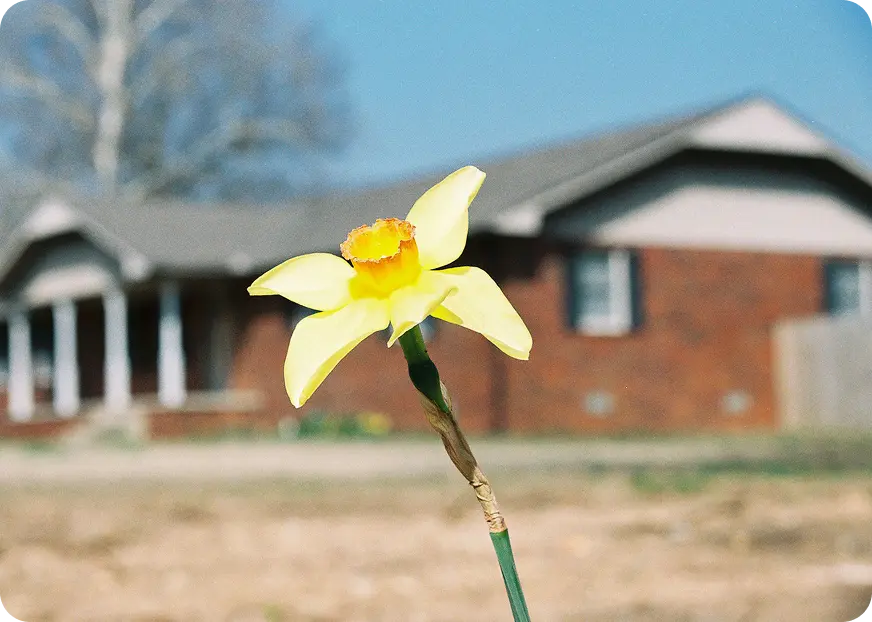Owning a rental property is one of the most rewarding but challenging financial investments. From rental homes to entire apartment complexes, there’s no shortage of possibilities for growing your real estate investments. At the end of the day, it’s not about the number of properties in your portfolio; the true success of a rental property depends on the happiness and well-being of your tenants. The well-being of every tenant starts with safety in your rental property — and for them, what they call home. This includes the basics, like routine maintenance and testing of smoke detectors and fire alarms, regular snow shovelling, repairs for broken fixtures, and installing security alarms. When your tenants are protected from both the slightest inconvenience to acts of nature, you can guarantee smooth building operations and stable rental income.
Importance of Preventative Maintenance
As an owner or manager of a rental property, keeping tenants safe in secure, modernized, and up-to-code units isn’t just your job — it’s also a way to protect your investment. A fire-proof, regularly cleaned, and well-maintained property ensures longevity and future growth for your real estate investment, as well as lowers your insurance rates. For tenants, this also impacts their tenant insurance coverage, as it shows that they are living in a safe and secure environment with greatly reduced risks for some of the most common residential damage. Is your rental property as safe, pleasant, and well-maintained as it should be? Use this list to keep the building in top shape, so your renters — and investment — are always as safe as possible.
1. Keep common areas clean
Common areas such as the lobby, driveway, and building amenities see the highest foot traffic every day, and with that, the risk of accidents and injuries — the key to avoiding these starts with prevention. For rental properties, prevention comes in the form of routine housekeeping in the common areas. This includes vacuuming hallways and indoor amenities, as well as keeping the driveway clear; in the winter, this includes regular shovelling and salting to keep walkways clear. As for tenants, make sure that all their belongings are stored inside their units, not stashed away in hidden, infrequently used areas like the emergency stairwell. The last thing you want is a blocked emergency exit when you actually need to use it, let alone run the risk of a fire code violation.
2. Test fire alarms
Fire alarms are the best, most efficient way to detect growing smoke and warn residents of the need to evacuate before it’s too late; when these don’t work, the results can be disastrous and forever life-altering. As part of preventative maintenance, work with your provider to conduct routine testing of the fire alarm systems; this also includes the smart smoke systems, carbon monoxide detectors, and sprinkler systems. Start by inspecting the pull box stations to make sure that these are still working, especially that these are not often used. Check the elevator to make sure that it responds as it should during a fire, which is to automatically shut down to prevent further damage to the system, as well as keep residents from being trapped inside. Make sure that the smoke detector batteries are routinely replaced according to manufacturer specifications.
3. Maintain Pedestrian Areas and Parking Spaces
Pedestrian walkways and parking lots are highly prone to damage as a result of everyday wear-and-tear, as well as vandalism. Indoors, the walls, windows, handrails, carpeting, and flooring also require routine maintenance to ensure tip-top shape. Get repairs done at the first sign of damage, to keep residents safe and satisfied with both the status of their rental and help lower you and your tenants’ insurance rates.
4. Work with professionals
While most rental properties employ property managers or building superintendents who take care of the day-to-day operations and respond to minor complaints and emergencies, building-wide utilities and maintenance requirements require professional work. Things like heating systems, water heaters, emergency sprinklers, lighting and electricity, security alarms and cameras, and elevator maintenance are best handed off to professional contractors who specialize in developing and maintaining these technologies for reliable, long-lasting use. Maintain a network of professional service providers whom you can regularly contract for building repairs and maintenance services.
5. Manage tenant wear-and-tear
For tenants, rental units are their home; their everyday interactions with the living space often result in wear-and-tear, as they open and close doors and windows, flush the toilet, wash dishes in the sink, and shower countless times. Without proper maintenance, any of these fixtures can easily give up as a result of wear-and-tear. One way to combat this is to conduct regular unit inspections. Test lighting, water, and heating or cooling controls in every unit and schedule necessary repairs right away. While you’re there, make sure that doors and windows are closing properly to improve energy efficiency and indoor comfort year-round. Don’t wait for tenants to come to you with big emergencies — this proactive approach saves valuable money and time as it prevents prolonged damage, while also ensuring tenant safety resulting in lower tenant insurance rates and higher retention.
6. Fix broken plumbing
Did you know what water is just as destructive as a fire? When left unattended for extended periods, clogged pipes and leaky faucets can cause indoor plumbing, which can be devastating for furniture, appliances, and other personal belongings. To prevent major plumbing issues, make sure to check for damage during annual unit inspections. Work with a professional plumber to inspect units using advanced equipment, such as a video scope to take a closer look at plumbing lines beneath the surface. Your tenants could be enjoying optimal water flow without the slightest hint of sediment buildup and blockages underground. A burst pipe that waterlogs an entire apartment can have disastrous consequences on a tenant’s personal belongings, resulting in higher, unsatisfactory insurance rates — if the damage is even covered to begin with. Don’t let a simple leaky faucet or clogged pipe impact the overall retention rate of your rental property.
7. Minimize the impact of natural disasters
There’s no stopping mother nature from unleashing fierce weather, but there are ways to protect your rental property and minimize resulting damage. Start by maintaining green spaces around the property. Watch out for weed growth and attend to grass grounds regularly to ensure optimal upkeep. In the frigid winter, make sure that walkways and parking lots are properly shovelled and salted periodically to keep tenants safe on your property and limit exposure to liability. Worse, there may already have been risks built into the architecture of the building itself, such as large tree roots wrapping themselves around plumbing lines. While you can’t tear down the building now and relocate, you can work with a professional maintenance crew to assess plumbing damage preventatively and place reinforcements around pipes and affected structures to mitigate potential damage.
8. Inform residents of emergency procedures
In an emergency, there’s nothing worse and far more dangerous than a failed evacuation, simply because residents didn’t know what to do or where to go. Before a tenant moves in, take time to walk them through the safety procedures for worst-case scenarios, such as fire, flooding, and weather disasters. But don’t just stop there — make sure that the emergency exits are properly marked on each floor, and a map is posted by the elevator doors indicating what exit they should use and where it would be safe for them to wait outside the building. In the case of individual unit emergencies, make sure that each tenant has your contact information on-hand so that they can alert you right away along with the proper local authorities.
9. Encourage tenant insurance
Tenant or renter’s insurance is the best way for any tenant to protect themselves in case of an emergency or damage in a rental property. While the building insurance may cover repair costs for affected units, it doesn’t cover the personal belongings of tenants that may be damaged during an accident or disaster. Before accepting a tenant, make sure that they have or will get tenant insurance as soon as possible and review the terms with them so they can understand what exactly is covered both their policy and the building insurance itself. It also helps to stress that tenant insurance benefits everyone — it protects individual tents from personal losses due to building-wide or unit-level, including extensive damage in their neighbour’s unit that may also affect them, as in the case of a fire. A proactive property owner earns a stable rental income. Leverage the benefits of preventative maintenance for maximum tenant satisfaction and retention, and create a warm, safe environment that your tenants will be glad to call home. To learn more about protecting your rental properties, call Oegema, Nicholson & Associates at 613-519-7866 or contact us here.






